
The manufacturing industry is on the brink of a transformative era, driven by innovative advancements in plastic molding technologies. As we look towards the future, the integration of digital solutions and smart manufacturing processes are redefining the way plastic components are designed, produced, and utilized. These innovations not only enhance efficiency and reduce costs but also promote sustainability by minimizing waste and energy consumption. With the rise of automation, artificial intelligence, and data analytics, manufacturers are now better equipped to respond to market demands and consumer preferences. This blog will explore how the future of plastic molding is being shaped by these cutting-edge technologies, ensuring that the industry remains competitive and environmentally responsible in a rapidly evolving landscape. Join us as we delve into the exciting possibilities that lie ahead for plastic molding and its impact on the manufacturing sector.

The plastic molding industry is undergoing a remarkable transformation fueled by innovative materials that are enhancing the efficiency and sustainability of manufacturing processes. Recent studies reveal that the global plastic molding market is projected to reach $460 billion by 2025, with advancements in materials playing a central role in this growth (Market Research Future, 2021). The introduction of engineering plastics, such as polycarbonate and nylon, is not only improving tensile strength and durability but also enabling manufacturers to produce lighter and more complex shapes, which is essential for applications in the automotive and aerospace sectors.
In addition to engineering plastics, bioplastics are emerging as a game-changer in the plastic molding landscape. According to a report by the European Bioplastics Association, the production capacity of bioplastics is expected to surge to 2.43 million tons by 2024, highlighting a shift towards more sustainable manufacturing practices. These materials are derived from renewable resources and have a significantly lower environmental impact compared to traditional petroleum-based plastics. This shift towards innovative materials not only aligns with global sustainability goals but also encourages manufacturers to rethink their production techniques, leading to a truly revolutionary era in plastic molding.
As the manufacturing industry continues to evolve, automation is playing a pivotal role in transforming plastic molding processes. With the integration of advanced robotics and AI-driven technologies, manufacturers are now able to enhance both precision and efficiency in their operations. Automated systems streamline the production line, minimizing human error and ensuring consistent quality in molded products. For instance, using robotics for tasks like material feeding, part handling, and quality control not only speeds up the workflow but also frees up skilled labor to focus on more complex challenges.
Moreover, automation in plastic molding extends beyond just machinery; it encompasses software solutions that analyze data in real-time, enabling manufacturers to make informed adjustments on the fly. This adaptability not only boosts efficiency but also reduces waste and material costs, resulting in a more sustainable manufacturing model. With innovations in automation, businesses are increasingly able to meet the demands of a fast-paced market, ensuring they remain competitive while also pushing the boundaries of what’s possible in plastic molding technology.
| Innovation | Description | Impact on Efficiency (%) | Required Automation Level |
|---|---|---|---|
| 3D Printing Integration | Use of 3D printing technology for rapid prototyping. | 30% | Medium |
| Smart Sensors | Sensors for real-time monitoring of molding parameters. | 25% | High |
| Robotic Arm Technology | Utilization of robotic arms for precise material placement. | 40% | Very High |
| AI-Driven Quality Control | Artificial intelligence systems for detecting defects in real time. | 35% | High |
| Energy Recovery Systems | Systems designed to recycle waste energy during molding. | 20% | Medium |
As the manufacturing sector continues to evolve, sustainability practices in plastic molding are becoming increasingly critical. According to a report by the Ellen MacArthur Foundation, the global plastic economy could achieve a $1 trillion opportunity by transitioning to circular systems that minimize waste and maximize resource efficiency. By embracing eco-friendly materials and innovative molding techniques, manufacturers can significantly reduce their carbon footprint while meeting consumer demand for sustainable products.
One of the most promising developments in this area is the integration of recycled content into plastic molding processes. Research by the Association of Plastics Recyclers indicates that using recycled plastics can reduce energy consumption by up to 75% compared to virgin materials. Additionally, advancements in bioplastics are paving the way for biodegradable options that maintain performance standards while being environmentally responsible. As manufacturers adopt these practices, they not only enhance their sustainability credentials but also position themselves competitively in a market increasingly driven by eco-consciousness.
The rise of 3D printing technology is revolutionizing the landscape of plastic molding. Unlike traditional methods that often require significant setup time and cost to create molds, 3D printing offers unprecedented flexibility and efficiency. Manufacturers can produce complex designs and prototypes rapidly, allowing for quicker iterations and modifications in product development. This capability not only streamlines the production process but also significantly reduces waste, making it an environmentally friendly alternative.
As 3D printing continues to advance, its integration with traditional plastic molding techniques is becoming more pronounced. Hybrid approaches that combine the speed and customization of 3D printing with the robustness of conventional molding are emerging. This synergy enables manufacturers to produce small batches of custom parts more economically while still retaining the ability to scale up for larger production runs. Ultimately, the fusion of these technologies is reshaping the manufacturing sector, paving the way for innovative product designs and a more sustainable approach to production.
The global injection molding market is on a trajectory of consistent growth, anticipated to reach USD 365.22 billion in 2024. This momentum reflects the industry's adaptation to technological advancements and increasing demands for efficiency. During this period, the market for Low Density Polyethylene (LDPE) also showcases significant expansion, projected to rise from USD 76.9 billion in 2024 to USD 93.9 billion by 2030. Such trends indicate a broader shift toward sustainable materials and innovative processes, as manufacturers seek solutions that align with environmental standards.
Tips: When considering investments in the plastic molding sector, pay attention to the evolving technologies that drive efficiency and eco-friendliness. Exploring opportunities within the plastic processing auxiliary equipment market, which is projected to grow steadily, can yield potential benefits for businesses looking to enhance their operational capabilities.
Another noteworthy trend is the expected growth in the HDPE containers market, estimated to reach USD 60.9 billion by 2025. This reflects the increasing demand for durable and recyclable packaging solutions. Manufacturers should focus on developing innovative molding techniques that meet consumer needs while adhering to sustainability practices, ensuring competitiveness in this dynamic market landscape.
Tips: Stay updated on market trends and consumer preferences to make informed decisions about product development. Collaboration with technology providers can lead to breakthroughs in molding efficiency and product quality, paving the way for long-term growth in the industry.
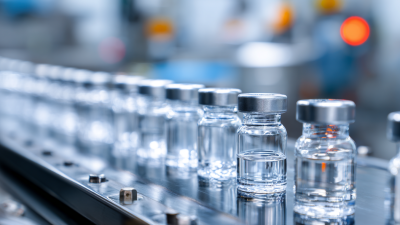
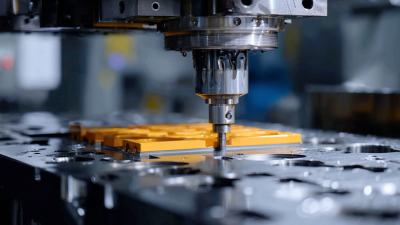
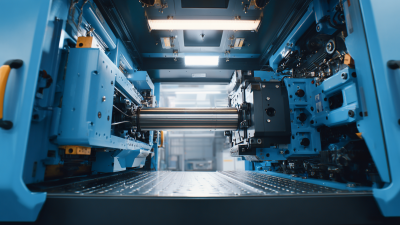
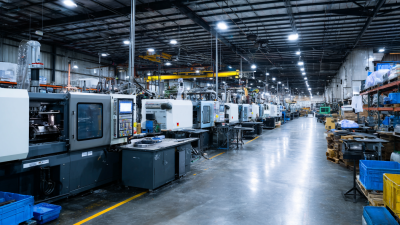
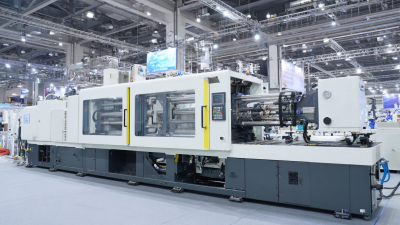
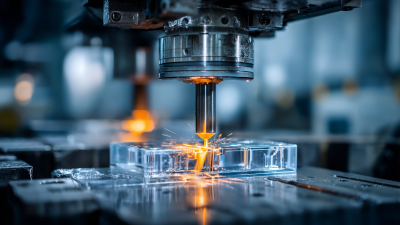
Copyright © 2025 The Toolroom Inc. All Rights Reserved.
Website Design St Louis by IQComputing